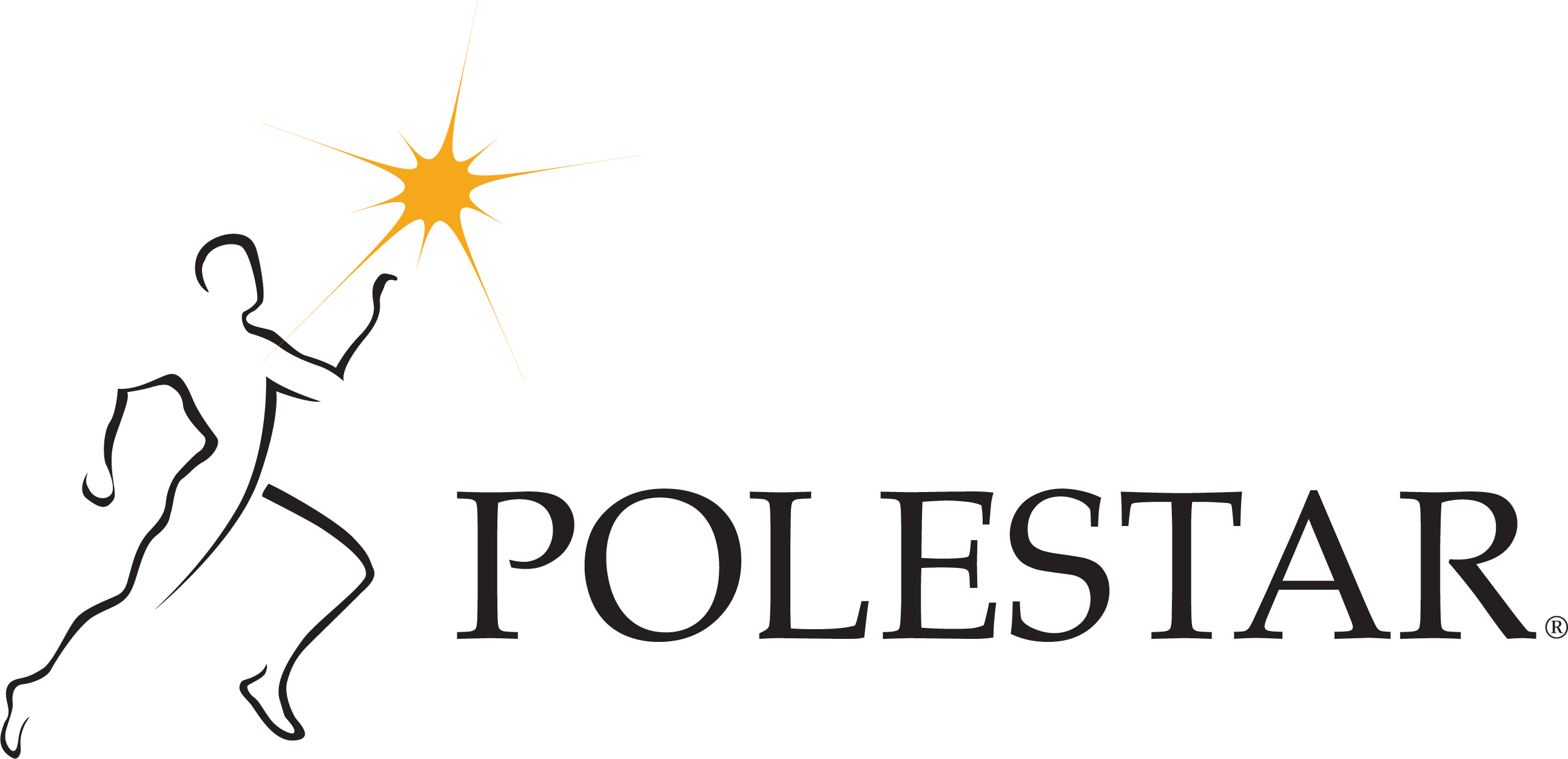
Polestar: What do you love about your profession?
AC: Every day and every session is a new intriguing and fascinating challenge with rewarding results.
Polestar: What excites your thinking and inspires your day?
AC: The limitless possibilities of the human nervous system and beautiful powerful musical movement. I am honored by each person who walks through the door.
Polestar: Can you describe the path which developed your professional perspective?
AC: As a former gymnast and dancer, I always expected to have control over my body. A serious car accident took that control away. I lost fine motor use in my right hand and if I sat for an hour my right leg fell asleep. Traditional approaches including hospitalization in traction and intensive physical therapy didn’t lead to much progress or hope. I was told to learn to write with the other hand and that I would not be able to dance or do things like running or skiing again. I didn’t believe it. A pivotal moment was when I met a Naturopathic doctor Mark Manton who changed my life and is one of my mentors to this day. He applied and educated me in a holistic approach which included diet, acupuncture, neuromuscular therapy, osteopathy, meditation and movement re-education through Feldenkrais then Pilates. I became a massage and movement therapist integrating Pilates.
When I embarked upon a four year education to become a Feldenkrais Practitioner, I began yearning for an exercise system that would match the organic organization of systemic movement in the Feldenkrais system. I wanted access to greater freedom of the trunk and spine. That is when I discovered the GYROTONIC® system. Gyrotonic movements begin from the inside out, starting with breath and spinal movement which expand into full body movement. Different from any other system I know, the diverse and multiple pieces of equipment can support and challenge the needs of anyone from rehabilitation to training of high level athletes. Similar to Feldenkrais the movement is fluid, efficient and diversifies around all planes of motion and relationships with gravity. To this day my private practice focuses on the use of manual therapy, movement reeducation using the Feldenkrais Method and the GYROTONIC® Method. Furthermore, I enjoy being an educator of teachers in these fields and interfacing with the Pilates community.
Polestar: Do you have any favorite quotes to share?
AC: “What I am after isn’t flexible bodies, but flexible brains.” — Moshe Feldekrais D. Sc.
“It is the moment between intention and action where there is choice and possibility.” — Moshe Feldenkrais D.Sc.
“Breath is Movement and Movement is Breath” — Juliu Horvath, creator of the GYROTONIC® System
Polestar: What is your favorite piece of equipment?
AC: The human nervous system.
Polestar: What are a couple of your favorite reads?
AC: The Brain’s Way Of Healing by Norman Doidge; Art & Physics: Parallel Visions In Space, Time, and Light by Leonard Shlain
Polestar: What do you hope to convey in your teaching clients?
AC: My goal is to educate and empower clients with the ability to feel better through their own movement. I hope for them to experience a renewed sense of freedom and well being in their bodies and in their lives.
Polestar: What do you hope to convey in teaching teachers?
AC: I hope for teachers to gain a theoretical understanding that empowers the paradigm of their thinking and creativity to refresh their teaching.
Polestar: Tell us about your current course, Neuroplasticity: An Exploration Through Movement.
AC: This course is a culmination of my life’s work and studies. There is currently a revelation in the way science understands the brain and nervous system. New information, research, publications and podcasts become available daily. Leading researchers have given recognition that certain approaches to movement can amplify the plasticity of the brain. In other words, as somatic practitioners we have the opportunity to influence lives far beyond strength and flexibility. For example, we can create opportunities to influence the way people respond to stress, sleep and enhance their creativity. Leading scientists today recognize Moshe Feldenkrais as a pioneering Neuroplastition 60 years ahead of current science. He understood how to use movement to communicate with the brain. Science is just now catching up with him. In this highly experiential course, I shed light on this relationship between movement and neuroplasticity through lecture, movement experiences within oneself and applications through labs and discussion.
Polestar: What do you hope participants experience in your course?
AC: We can only teach what we understand, so the experiential portion of the course shifts one’s approach to teaching exercise and enriches the depth of results.
Polestar: What do you hope participants take away from your course?
AC: Participants will gain tangible strategies to implement into their lives and practice as well as a wealth of resources.
Polestar: Who should take this course?
AC: This course is for anyone who would like to delve into the fascinating relationships between movement and the mind. It is for any healthcare practitioner who is curious and open to refresh their perception of movement in our lives.
Like the Blog? Sign up for the Newsletter Polestar Life Weekly!




